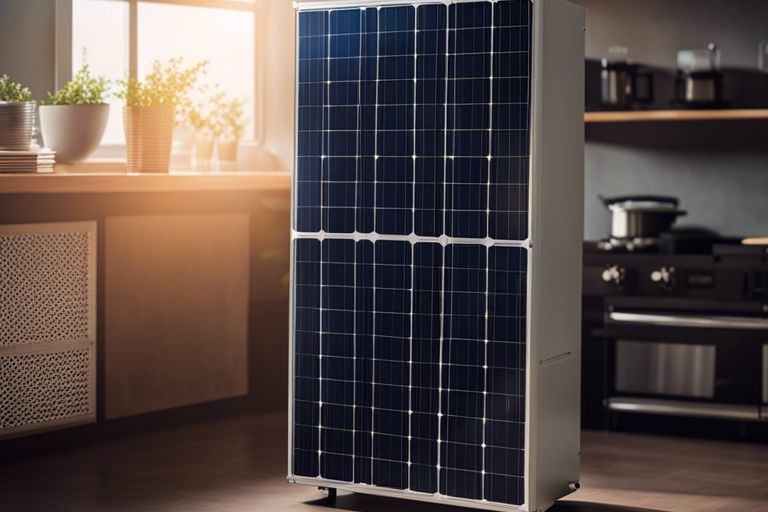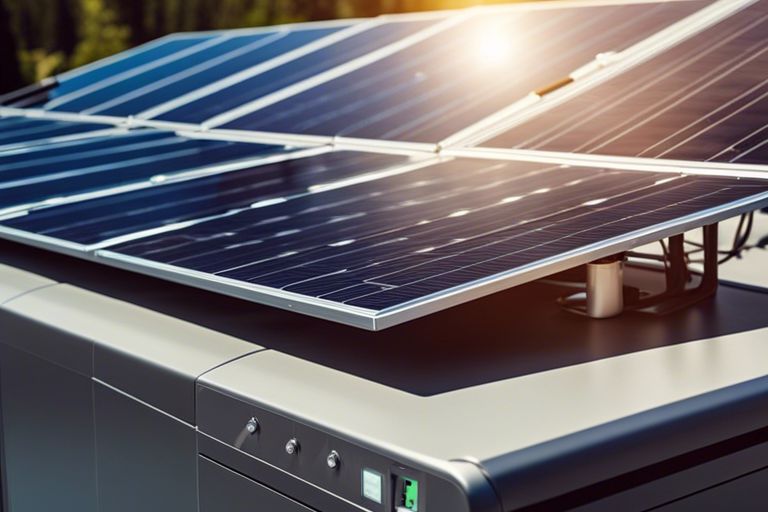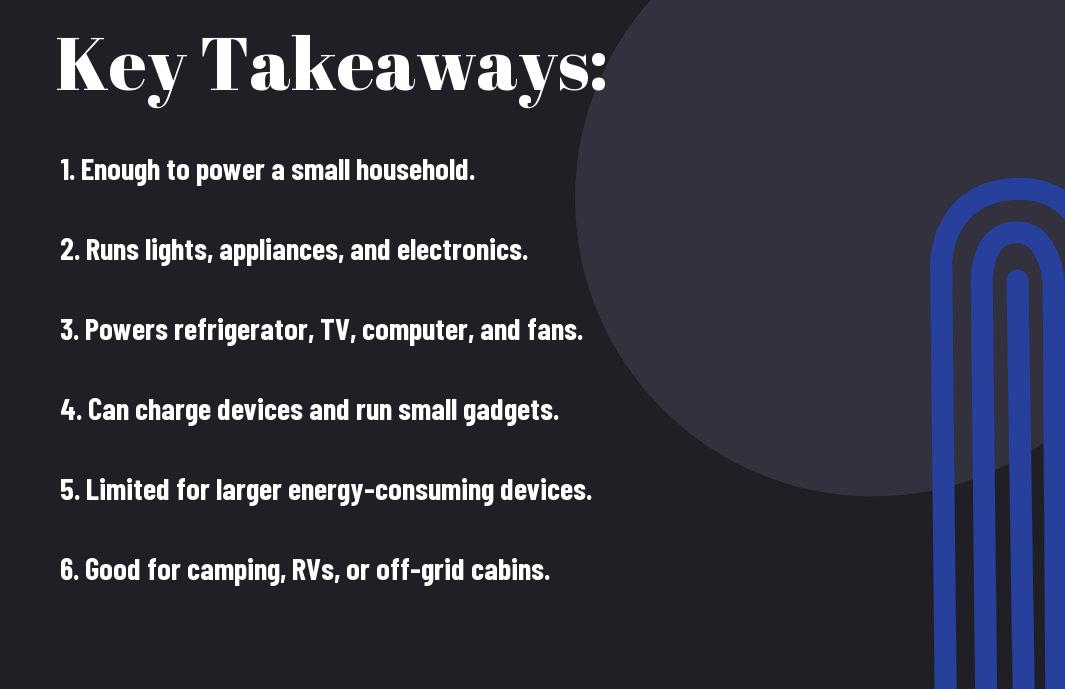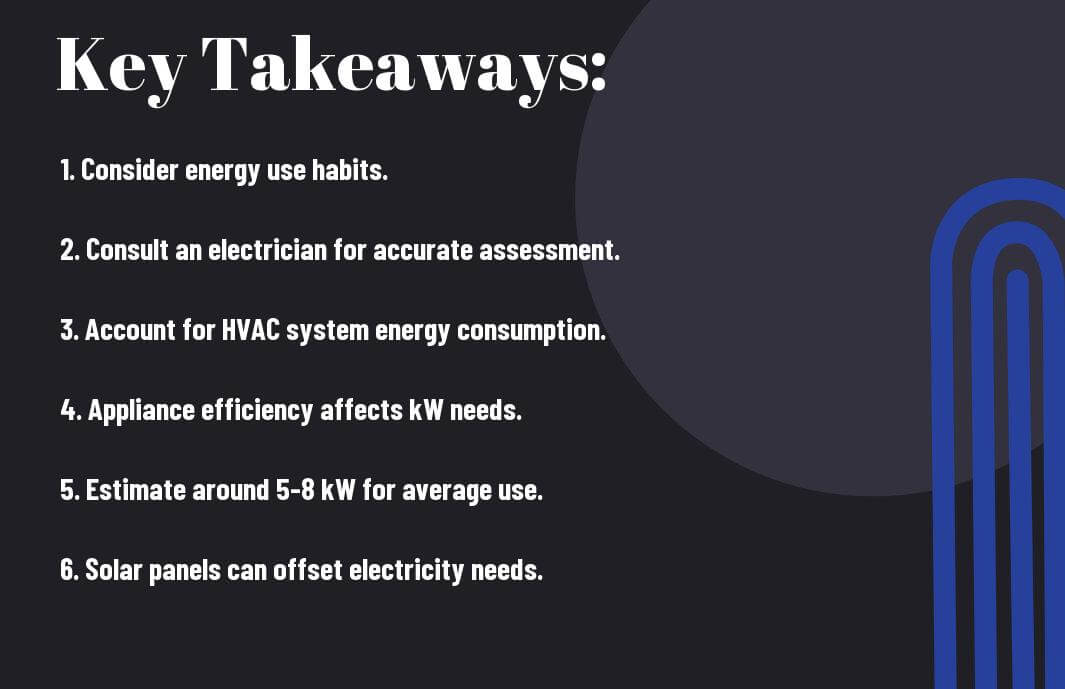With a 2000 watt solar system at your disposal, you can power a variety of appliances and devices in your home, making a dent in your electricity bills and reducing your carbon footprint. From running your lights and small appliances to charging your electronics and even powering a refrigerator or small air conditioner, this size of solar system can make a significant impact on your energy usage. Let’s explore the possibilities of what a 2000 watt solar system can run in your daily life.
Key Takeaways:
- Power Consumption: A 2000 watt solar system can power multiple household appliances, such as lights, small appliances, electronics, and some larger appliances like refrigerators and freezers.
- Energy Efficiency: Investing in energy-efficient appliances and using them during the day can help maximize the use of a 2000 watt solar system, allowing for longer periods of power generation.
- Battery Storage: Including a battery storage system with a 2000 watt solar system can help store excess energy generated during the day for use at night or on cloudy days, ensuring a continuous power supply.
The Power of 2000 Watts
A 2000 watt solar system can be a powerful renewable energy solution for your home. This system has the capability to run a variety of appliances and electronics, reducing your reliance on traditional power sources. Understanding the power of 2000 watts can help you make informed decisions about your energy needs and consumption.
Calculating Energy Needs
One way to determine if a 2000 watt solar system is suitable for your home is to calculate your energy needs. Start by making a list of the appliances and electronics you use regularly, along with their power consumption in watts. Add up the wattage of all these devices to estimate how much power you need per day. Keep in mind that solar panels generate electricity only when the sun is shining, so you may also need a battery storage system to store excess energy for use during the night or cloudy days.
Comparing to Traditional Power Sources
With a 2000 watt solar system, you can significantly reduce your reliance on traditional power sources like coal, gas, or hydroelectricity. By harnessing the sun’s energy, you can power your home with clean and renewable electricity, reducing your carbon footprint and monthly utility bills. To give you a better idea of the impact of solar power, let’s compare the benefits of a 2000 watt solar system to traditional power sources in the table below:
| Solar Power (2000W) | Traditional Power Sources |
| Renewable and clean energy source | Relies on fossil fuels or nuclear power |
| Reduces carbon emissions | Contributes to air pollution and climate change |
| Lower long-term costs | Subject to price fluctuations and resource depletion |
It is clear that opting for a 2000 watt solar system can have both environmental and financial benefits compared to traditional power sources. By investing in solar power, you are not only reducing your environmental impact but also securing a more sustainable energy future for you and your family.
Running Small Appliances
Lights and Fans
On a 2000 watt solar system, you can easily power your lights and fans for your home. LED lights are energy-efficient and consume very little power, allowing you to light up your spaces without worrying about draining your system’s capacity. Fans are also great for keeping your home cool without consuming too much energy, making them ideal for a solar setup.
TVs and Computers
The 2000 watt solar system can handle running your TVs and computers with ease. These electronics are imperative for entertainment and staying connected, and with the power from the solar system, you won’t have to worry about missing your favorite shows or being offline when you need to work or communicate.
The TVs and computers usually consume more power than lights and fans, so it’s important to be mindful of your usage to ensure your system can keep up with the demand.
Small Kitchen Appliances
Fans, blenders, and coffee makers are also appliances you can run with a 2000 watt solar system. These small kitchen appliances may not be on all day, but when you need them, the solar power will provide the energy necessary. Enjoy your morning coffee or blend up a smoothie without relying on the grid with these appliances.
Small kitchen appliances can add convenience to your daily routine, and with a 2000 watt solar system, you can power them sustainably. From toasters to microwaves, you can prepare meals and snacks without worrying about exceeding your system’s capacity.
Powering Refrigeration and Cooling
Keep your food fresh and your home cool with a 2000 watt solar system. Let’s explore what you can run with this setup.
Small Refrigerators and Freezers
Any small refrigerator or freezer can easily be powered by a 2000 watt solar system. These appliances typically consume around 100-400 watts of power, so you will have plenty of energy to keep your perishables fresh.
Window Unit Air Conditioners
Any window unit air conditioner with a cooling capacity of 5000-7000 BTU can be powered by a 2000 watt solar system. These units are perfect for cooling individual rooms in your home, providing you with comfort on hot summer days.
Plus, you can run multiple smaller window unit air conditioners simultaneously with a 2000 watt solar system, allowing you to cool multiple rooms if needed.
Evaporative Coolers
Window
Another great cooling option for your home is an evaporative cooler. These units are energy-efficient and consume about 100-500 watts of power, making them perfect for a 2000 watt solar system. They work by drawing hot air through water-saturated pads, cooling and humidifying the air in the process.
Supporting Water Systems
Once again, let’s explore into how a 2000 watt solar system can support water systems in your home. From powering well pumps to running small water heaters, solar energy can efficiently keep your water systems running smoothly.
Well Pumps and Water Treatment
Well pumps are imperative for accessing water from underground sources. With a 2000 watt solar system, you can power well pumps for your home’s water supply. Additionally, water treatment systems such as filters and purifiers can also be operated using the energy generated by your solar panels.
Small Water Heaters
With a 2000 watt solar system, you can also run small water heaters in your home. These heaters can provide hot water for your daily needs, such as showers, dishwashing, and laundry. By utilizing solar power to heat water, you can reduce your dependence on traditional electricity sources, lowering your utility bills in the process.
It is worth noting that small water heaters may require additional storage tanks to ensure a steady supply of hot water throughout the day. By optimizing your water usage and harnessing the power of solar energy, you can effectively manage your home’s water systems while minimizing your environmental impact.
Charging Your Devices
After setting up your 2000 watt solar system, you can easily charge all your devices without relying on traditional electricity sources. Smartphones and laptops are necessary in today’s digital age, and with a solar system, you can keep them powered up wherever you go.
Smartphones and Laptops
Your smartphones and laptops can be charged efficiently using a 2000 watt solar system. Simply connect your devices to the solar power setup and let them charge under the sun. This way, you can stay connected and productive even when you are off the grid, enjoying the convenience of renewable energy.
Power Tools and Equipment
Charging your power tools and equipment with a 2000 watt solar system is a game-changer, especially for outdoor projects or remote work sites. Whether you need to power drills, saws, or other equipment, the solar system can provide the energy you need to get the job done. With a reliable source of power, you can tackle projects with ease and efficiency, knowing that your tools are always ready to go.
Charging your power tools and equipment with solar energy not only saves you money on electricity bills but also reduces your carbon footprint. By harnessing the power of the sun, you can work on your projects guilt-free, knowing that you are using clean and sustainable energy sources.
Laptops
Limitations and Considerations
Peak Sun Hours and Energy Output
Not all days will provide the same amount of sunlight for your solar panels to generate electricity. Factors like weather conditions, season, and location can impact the number of peak sun hours you receive. This means that the energy output of your 2000 watt solar system may vary from day to day.
Battery Capacity and Backup Systems
With a 2000 watt solar system, it’s important to consider the capacity of your batteries for storing excess energy generated during peak sun hours. This stored energy can be used during times of low sunlight or at night when your solar panels are not producing electricity.
The efficiency and capacity of your batteries will determine how much energy you can store for later use. It’s vital to invest in high-quality batteries and backup systems to ensure a continuous power supply for your needs.
System Maintenance and Upkeep
Peak performance of your 2000 watt solar system requires regular maintenance and upkeep. This includes cleaning the solar panels, checking for any damage or obstructions, and ensuring all components are functioning correctly. Neglecting maintenance can lead to reduced energy output and potential system failures.
Another important aspect of system maintenance is keeping track of your energy production and consumption. By monitoring your system regularly, you can identify any issues early on and take the necessary steps to address them, ensuring optimal performance and longevity of your solar setup.
Final Words
Taking this into account, you now have a better understanding of what a 2000 watt solar system can run. By following the guidelines outlined in the article, you can maximize the efficiency of your system and power various appliances in your home. If you want to investigate deeper into what a 2000-watt solar panel can power, you can reference What can a 2000-watt solar panel power? for more detailed information.
Q: What appliances can a 2000 watt solar system run?
A: A 2000 watt solar system can typically run small appliances such as lights, fans, TVs, laptops, and small kitchen appliances like toasters and blenders.
Q: Can a 2000 watt solar system power a refrigerator?
A: It depends on the energy efficiency of the refrigerator, but in general, a 2000 watt solar system may not be sufficient to power a standard refrigerator continuously. Energy-efficient models or using the solar power in conjunction with the grid may make it possible.
Q: How many solar panels are needed for a 2000 watt solar system?
A: The number of solar panels needed for a 2000 watt solar system depends on the wattage of the individual panels. On average, for 250 watt panels, you would need 8 panels to create a 2000 watt system. However, this can vary based on the efficiency of the panels and the amount of sunlight they receive.







